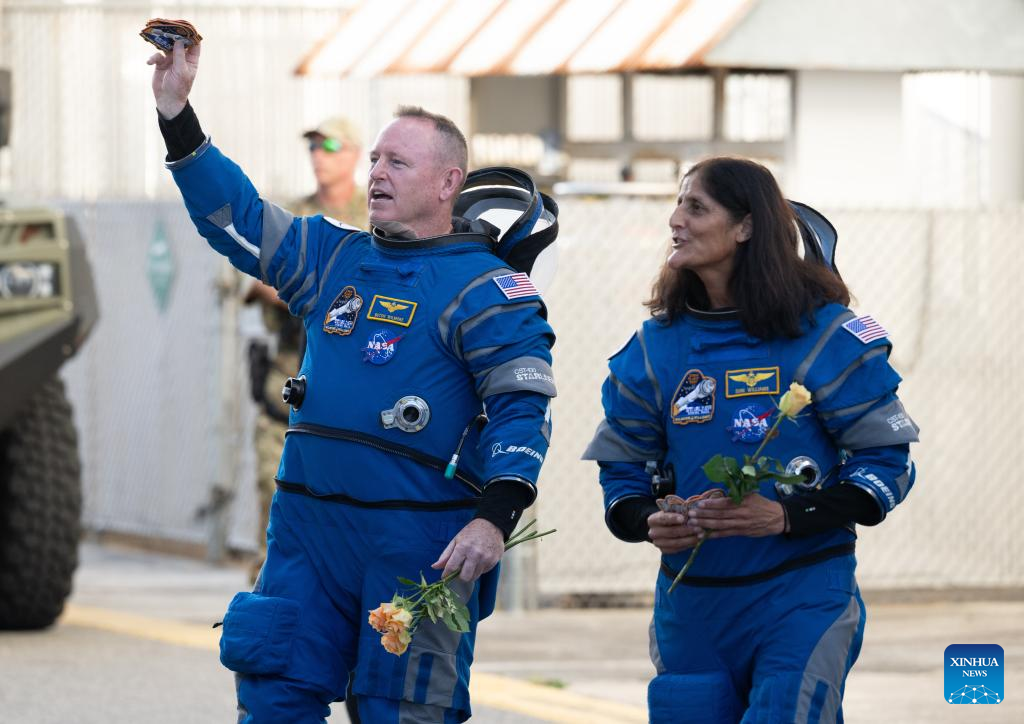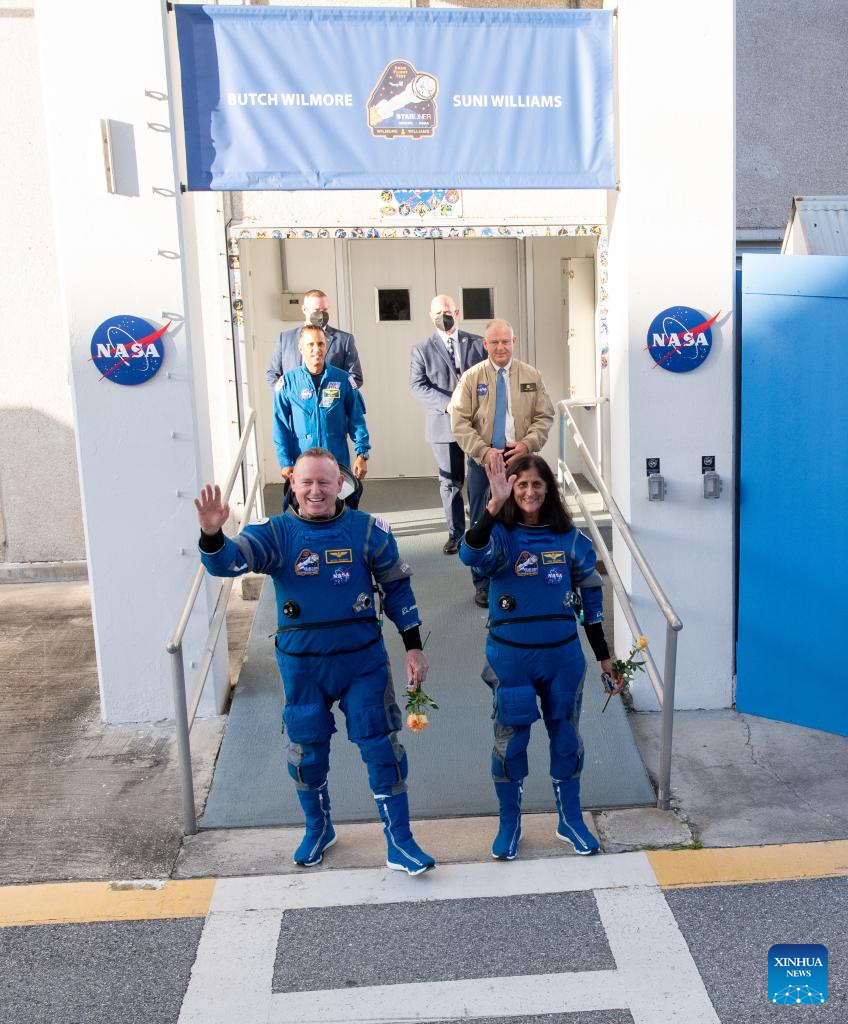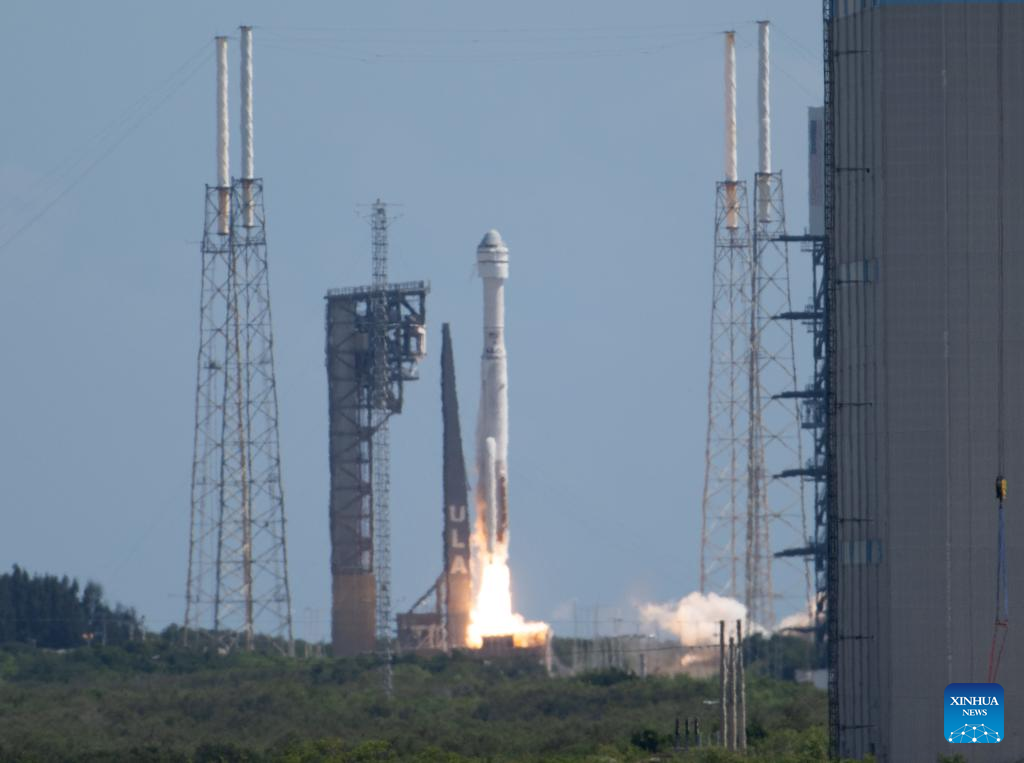
LOS ANGELES - NASA and Boeing launched the first crewed mission of Starliner spacecraft from the US state of Florida on Wednesday, sending two NASA astronauts to the International Space Station (ISS).
The spacecraft launched at 10:52 a.m. Eastern Time on a United Launch Alliance (ULA) Atlas V rocket from Space Launch Complex-41 at Cape Canaveral Space Force Station in Florida.
The spacecraft performed its planned orbital insertion burn about 31 minutes after launch.
ALSO READ: NASA, Boeing scrub Starliner's first crewed mission minutes before liftoff

The two astronauts will spend about eight days in ISS to test the Starliner spacecraft and its subsystems before NASA certifies the transportation system for rotational missions to the orbiting laboratory for the agency's Commercial Crew Program
The Atlas V rocket's Centaur upper stage has completed its burn off the coast of Newfoundland, putting Starliner on course to reach the space station.
Following separation, the crew capsule carrying NASA astronauts Butch Wilmore and Suni Williams is on its own journey to the space station.
"With Starliner's launch, separation from the rocket and arrival on orbit, Boeing's Crew Flight Test is right on track," said Mark Nappi, vice president and program manager of Boeing's Commercial Crew Program.
The spacecraft is set to dock to the ISS on Thursday, or June 6.
The two astronauts will spend about eight days in ISS to test the Starliner spacecraft and its subsystems before NASA certifies the transportation system for rotational missions to the orbiting laboratory for the agency's Commercial Crew Program.
ALSO READ: NASA seeks cheaper ideas for Mars sample return mission amid budget crunch

In addition to transporting the two astronauts, the Boeing-built Starliner has on board about 760 pounds (345 kilograms) of cargo, including 307 pounds (139 kilograms) for NASA, such as food and items requested by the crew while on the space station.
The spacecraft was previously scheduled to launch on Saturday. But the mission was called off minutes before launch due to technical issues.
This mission could be the final major milestone before NASA deems Boeing's spacecraft ready for routine operations.



